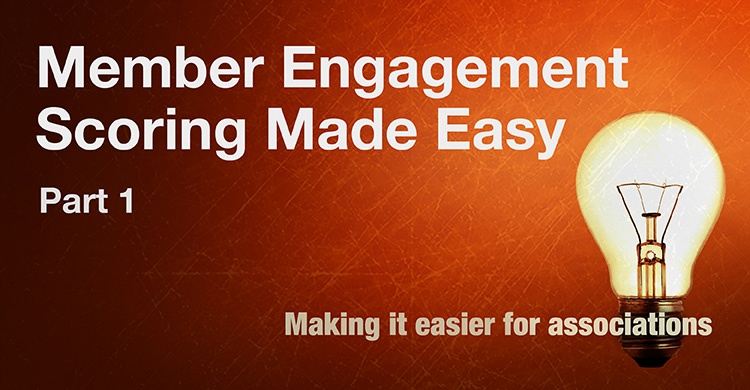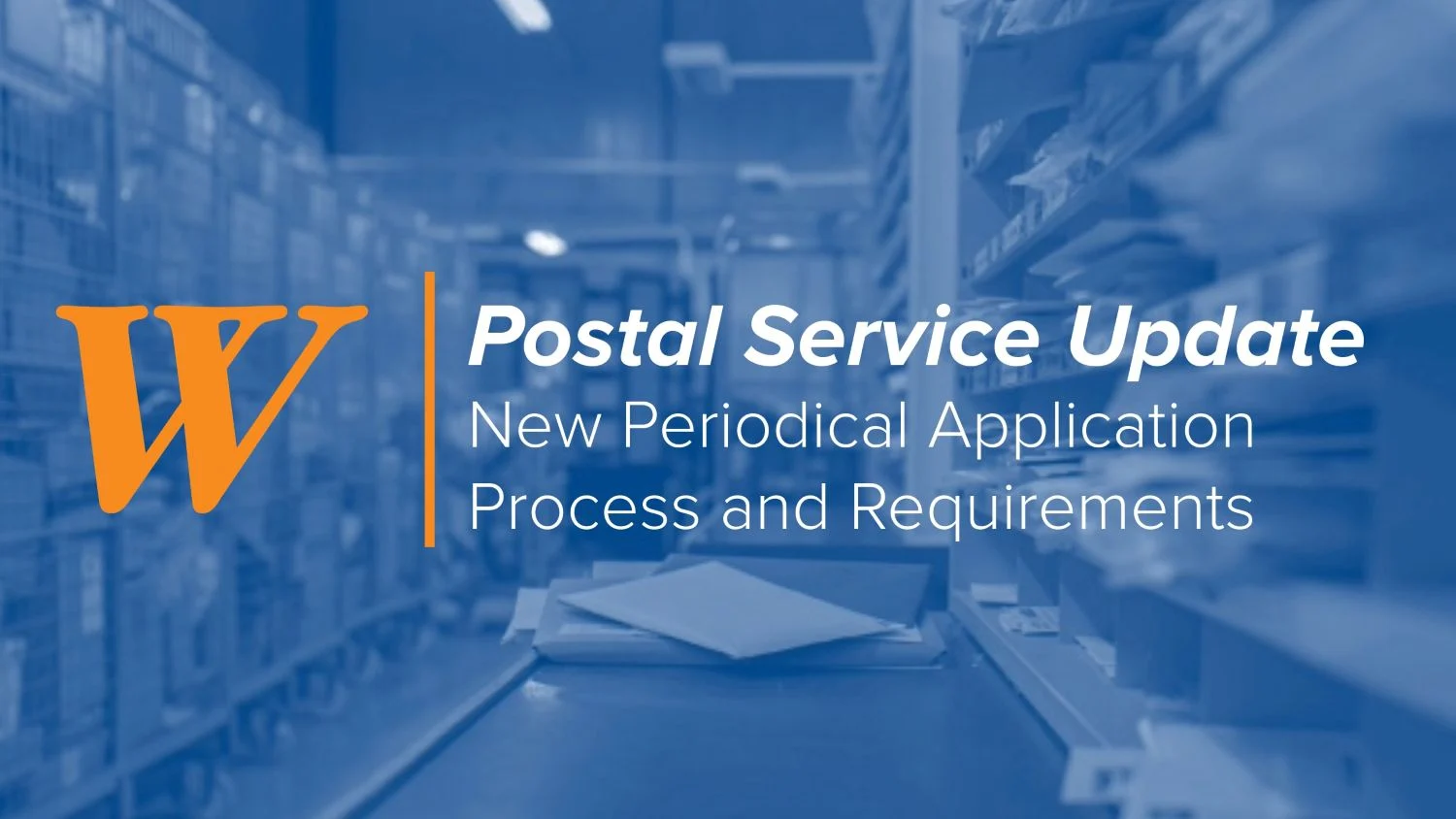When it comes to retention, you know member engagement is the name of the game. Industry research proves — unequivocally — that engaged members are more likely to renew. Several AMS database companies include engagement scoring modules in their software, but configuring those modules (determining which actions to score, how many points to assign to each action, and where to draw the line for highly engaged versus less active members) can be overwhelming.
But scoring, measuring and leveraging member engagement doesn’t have to be difficult. As part of our Making it Easier series for associations, read this Q&A describing how Tom Morrison, CEO of the Metal Treating Institute, is making it easy to move the needle on member engagement:
Walsworth Blog: Tell me about the effects your engagement program has had on your association’s key performance indicators?
Tom Morrison: Our association has made member engagement our number one priority the last nine years and that’s a major reason we’ve had 97% retention, 81% of members engaged in at least one program, and over 1,300% growth in net reserves over that time.
WB: Impressive! Can you describe your member engagement program for us?
TM: Our engagement data strategy is simple and high reward. We track everything our members can participate in, volunteer for and attend in our AMS. I download that data once a quarter into a spreadsheet to analyze it in the following ways.
We put our member engagement types into three categories:
- Informational Members — members who access any products you provide for free
- Transactional Members — members who actually spend money to purchase anything, excluding meetings
- Emotional Members — members who attend meetings or volunteer
We then give each member one point for each program they engage in, one point for each meeting they attended in the last 12 months, one point for volunteering on each committee, and one point for each association purchase.
WB: That’s nice information, but what exactly do you do with it?
TM: We then sort the members from highest point total to lowest point total. With 12 major points of engagement, we categorize members into three levels. Members with five or more points are highly engaged, two to four points are actively engaged, and one or fewer points are not engaged.
Having the spreadsheet allows us to now look at the percentage of engagement in each program, our three types of engagement above, and each member’s level of engagement.
 With emails downloaded on this spreadsheet, we can send out targeted messaging to the three groups. The highly engaged members get a thank you message, encouraging them to maintain their activity. The actively engaged members get a motivational message, encouraging them to step up their participation. The members who aren’t engaged ̶ especially our newer members ̶ get more personalized attention, up to and including a phone call from the staff or volunteers.
With emails downloaded on this spreadsheet, we can send out targeted messaging to the three groups. The highly engaged members get a thank you message, encouraging them to maintain their activity. The actively engaged members get a motivational message, encouraging them to step up their participation. The members who aren’t engaged ̶ especially our newer members ̶ get more personalized attention, up to and including a phone call from the staff or volunteers.
WB: That sounds pretty easy! How long does it take you, and how often do you do this?
TM: By keeping it simple, this process takes me maybe four hours a quarter. In just a few hours, I can read our members’ engagement pulse. I can take strategic steps to nurture our engaged members, and convert passive members into active members. Knowing that you can draw a straight line between engagement and retention, this process helps us grow membership and revenue.
WB: There are technology products out there that could do all of this engagement scoring for you. Why don’t you use one of them?
TM: I don’t believe getting caught up in the time or expense of technology for engagement is worthwhile because no single system will meet all of my association’s needs. I try to never say never, but at least I haven’t seen it yet.
WB: What’s your advice for someone who wants to get started acting on member engagement data?
TM: Stop making excuses and start doing it! You’re not tracking everything you should be? Use what you’ve got! You don’t have 12 months of data? Use the data you do have. Your process won’t ever be perfect. Ours isn’t. But don’t let the perfect be the enemy of the good.
 About Tom Morrison: As CEO of the Metal Treating Institute, Tom has been instrumental in helping MTI drive growth in their member value proposition, trade show, annual conferences, online technical training, and use of technology. Under Tom’s leadership, MTI’s net worth has grown more than 1,000% since 2006. In addition to heading up MTI, Tom is an author and sought-after speaker. Learn more at TomMorrison.biz.
About Tom Morrison: As CEO of the Metal Treating Institute, Tom has been instrumental in helping MTI drive growth in their member value proposition, trade show, annual conferences, online technical training, and use of technology. Under Tom’s leadership, MTI’s net worth has grown more than 1,000% since 2006. In addition to heading up MTI, Tom is an author and sought-after speaker. Learn more at TomMorrison.biz.






